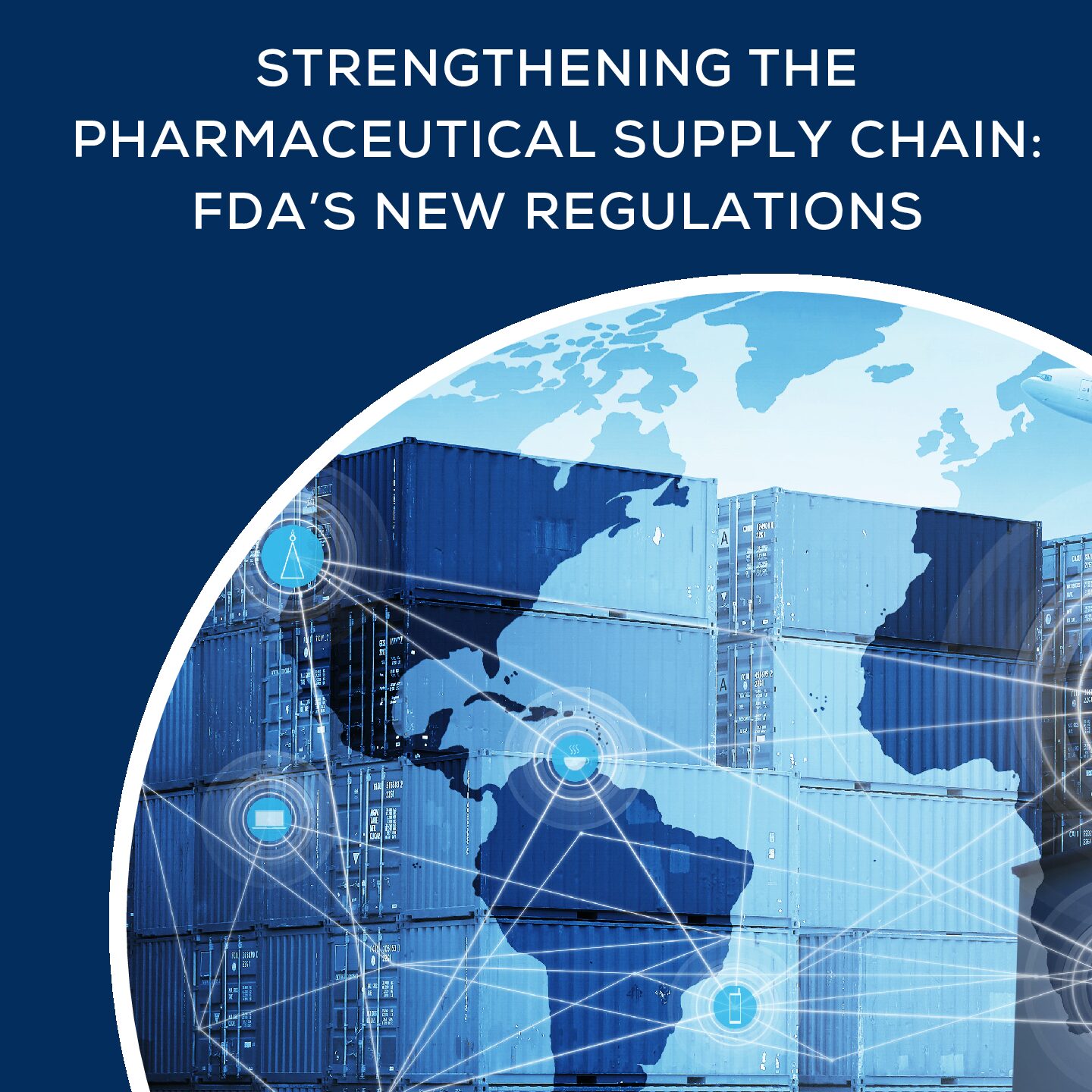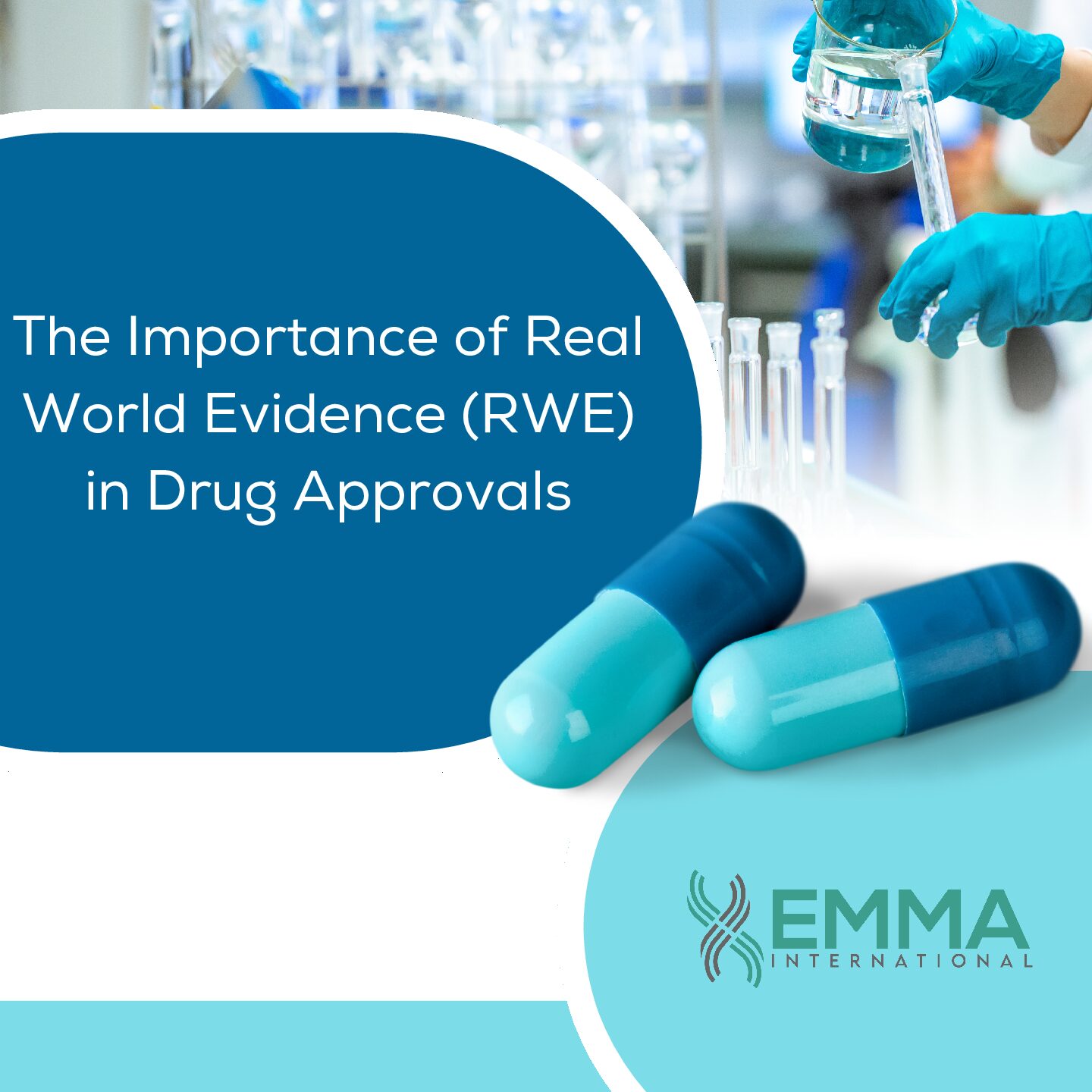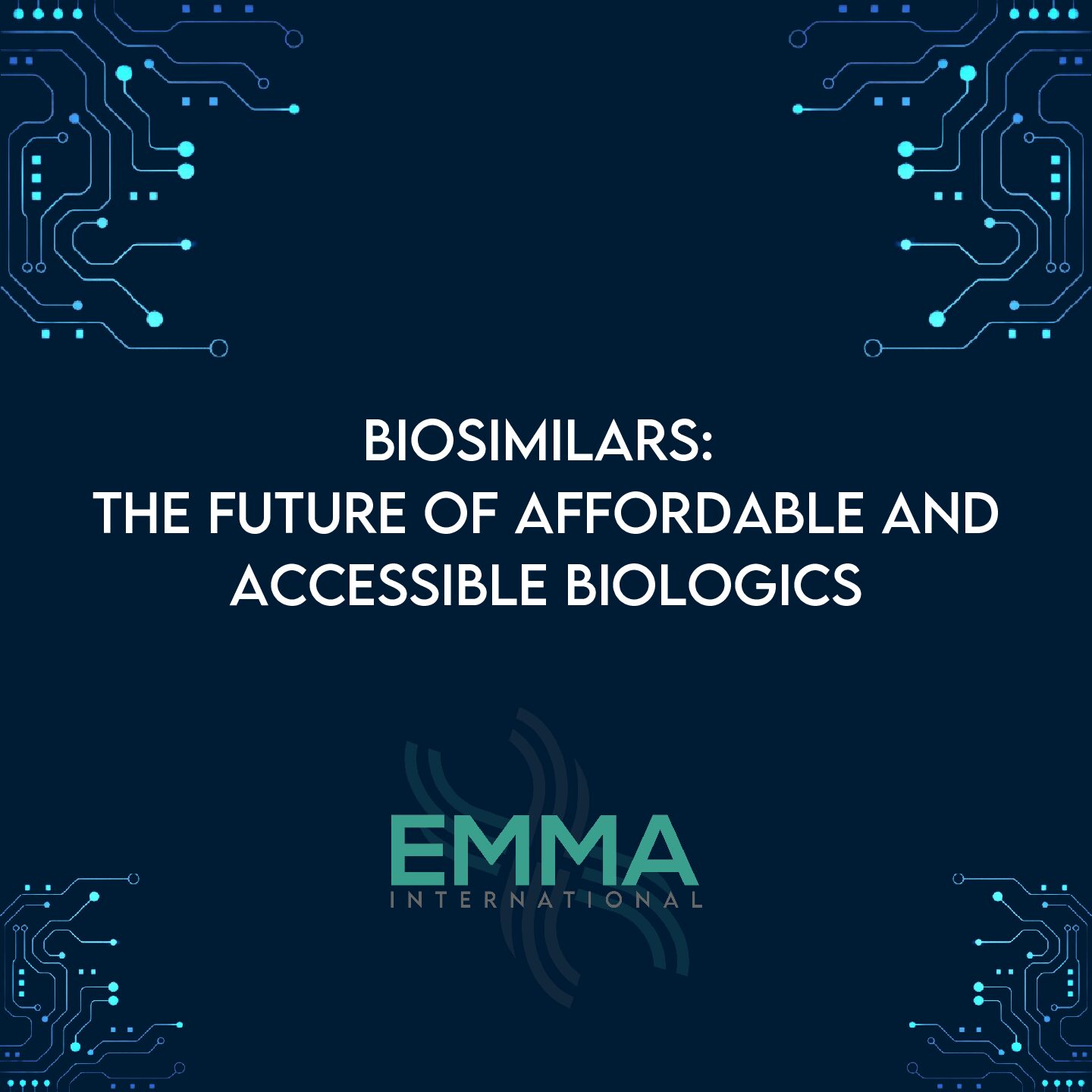Submitting a 510(k) submission is a crucial step in getting a medical device cleared by the FDA for marketing in the United States. However, the process doesn’t always go smoothly. The FDA often identifies deficiencies in the initial submission, sending manufacturers a “request for additional information” or deficiency letter. These deficiencies can range from minor omissions to significant gaps in the provided data.
Effectively addressing these deficiencies is critical to obtaining 510(k) clearance. In this blog, we’ll explore the most common types of deficiencies, how to respond effectively, and how EMMA International can assist in navigating the process.
When the FDA reviews your 510(k) submission, they look for comprehensive evidence that your device is substantially equivalent to a legally marketed predicate device in terms of safety and effectiveness. Common deficiencies in a 510(k) submission include:
- Incomplete or Missing Test Data: One of the most frequent issues is the lack of adequate performance or safety data, such as biocompatibility testing, mechanical testing, or sterilization validation.
- Inadequate Predicate Device Comparison: The FDA expects a detailed comparison between your device and the chosen predicate device. If the substantial equivalence argument is weak or the comparison is incomplete, they may request additional information.
- Lack of Usability or Human Factors Testing: Devices used directly by healthcare professionals or patients must be designed with usability in mind. Missing or insufficient human factors engineering data may lead to a deficiency letter.
- Insufficient Risk Management Documentation: The FDA expects thorough documentation of risk assessments, such as those based on ISO 14971, to demonstrate that risks have been identified and mitigated.
- Missing Labeling Information: Product labeling is key to the safe and effective use of a device. Deficiencies often arise when labeling is not included or does not meet FDA requirements.
- Inadequate Clinical Data: If your device requires clinical data to support safety and efficacy claims, the lack of such data or insufficient justification for why it is unnecessary can lead to a deficiency.
Once a deficiency letter is received, manufacturers must respond thoughtfully and thoroughly.
1. Carefully Review the Deficiency Letter
The first step is to carefully read the FDA’s deficiency letter. Deficiencies are often categorized as either minor or major, and understanding the significance of each one is critical. Minor deficiencies typically involve missing documentation or minor clarifications, while major deficiencies may involve gaps in safety or efficacy data that require substantial responses.
2. Prioritize Deficiencies Based on Impact
Not all deficiencies will have the same impact on your submission timeline. Prioritize addressing major deficiencies first, as these can delay clearance significantly if not handled properly. Create a plan to address all deficiencies, with a timeline for each response.
3. Develop a Clear and Concise Response
Your response to each deficiency should be clear, concise, and backed by supporting evidence. The FDA expects a detailed explanation of how the deficiency is being addressed, along with any supporting documentation. Responses should include:
- A direct reference to the deficiency identified by the FDA.
- A clear explanation of how the issue has been addressed.
- Relevant test data, analyses, or documentation as evidence.
For example, if the deficiency involves missing performance testing data, provide the test results, methodologies, and protocols that demonstrate the safety and effectiveness of the device.
4. Provide Additional Testing or Documentation
In cases where additional testing is required, ensure that all studies are performed according to recognized standards (e.g., ISO, ASTM, AAMI). The test data should be presented in a format that the FDA can easily review, including detailed descriptions of the test methods, conditions, and results. If addressing risk management deficiencies, provide detailed documentation of your risk assessments and mitigation strategies, making sure that they align with FDA expectations and relevant standards, such as ISO 14971.
5. Clarify Substantial Equivalence
If the FDA questions the substantial equivalence of your device to a predicate, ensure that you provide a clear and detailed comparison. Address the specific areas where the FDA raised concerns, whether it’s related to technology, intended use, or performance. If necessary, identify a more appropriate predicate device or provide additional justification for the one already chosen.
6. Ensure Labeling Compliance
For labeling deficiencies, review the FDA’s labeling requirements (21 CFR Part 801) and update your labeling to ensure compliance. This includes providing adequate instructions for use, appropriate warnings and precautions, and correct device identification.
7. Provide a Thorough Justification When Necessary
In some cases, it may be appropriate to provide a justification for why certain data or testing is not required. If the deficiency pertains to clinical data, for example, and you believe the device does not require clinical testing, you must provide a well-supported scientific rationale. This might include referencing similar devices, existing preclinical data, or established standards that demonstrate equivalence.
Addressing 510(k) submission deficiencies can be complex and time-consuming, particularly for manufacturers unfamiliar with FDA expectations. At EMMA International, we provide expert regulatory support to help medical device companies navigate the submission and deficiency response process with confidence.
Contact us today to learn how we can support your journey toward FDA clearance. We are available 24/7 at 248-987-4497 or email info@emmainternational.com to learn more.





